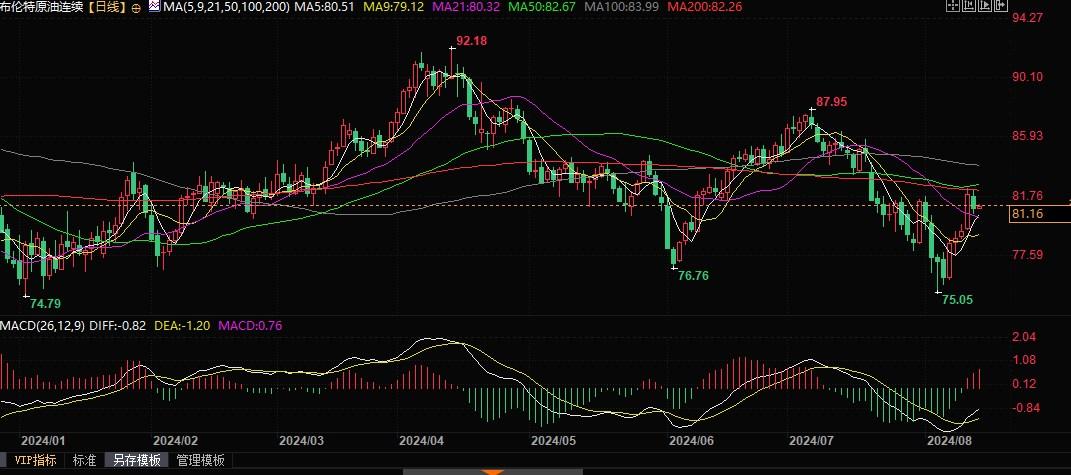What causes the increased risk of oil price decline?
On August 13th, market analyst Irina Slav stated that the risk of oil prices has increased. Oil traders are increasingly bearish on oil prices, despite supply concerns and potential supply disruptions in the Middle East. Economic data from countries such as the United States, as well as concerns about demand, are driving pessimistic sentiment in the oil market. However, potential supply shocks, such as a significant escalation of the Middle East conflict, may be the catalyst needed to change bearish market sentiment.
A broader Middle East conflict may be looming over the oil market, with OPEC still restricting supply but traders selling off. Despite the recent increase in oil prices, the crude oil market remains extremely pessimistic. To change this situation, supply needs to be impacted.
Earlier this month, Iran vowed to seek revenge for the killing of Hamas leaders by Israel, as oil prices soared in anticipation of an attack by Iran. Subsequently, oil prices fell as economic data released again by countries such as the United States disappointed those who expected stronger economic indicators and used them as a basis for predicting oil demand.
At the beginning of this week, based on expectations of the escalation of the Middle East war, oil prices surged once again. A few hours later, OPEC lowered its oil demand forecast for this year, driving down oil prices. OPEC currently expects oil demand growth of 2.11 million barrels per day, below 2.25 million barrels per day, but this is enough to scare traders again.
Columnist John Kemp reported this week that oil traders have sold crude oil futures net for five consecutive weeks. As of August 6th, the net positions of institutional traders on these six contracts have dropped to the lowest level since records began in 2013. Data shows that since early July, traders' oil positions have decreased by 372 million barrels of oil.
Kemp believes that the reason for the sell-off is not only concerns about the world's largest economy and its growth prospects, but also expectations of weak future oil demand. This expectation is likely driven by transformation predictions, which have yet to be realized. But traders are using algorithms to make bets, and these algorithms can instantly make the market bearish.
Earlier this month, it was reported that the rapid change in sentiment in the oil market after last week's global stock market earthquake was caused by algorithmic trading. In algorithmic trading, traders rely on software to track market trends. At that time, economic data from countries such as the United States once again raised doubts about the strength of future oil demand, and oil traders began to sell, leading to a sharp drop in crude oil prices.
Market analyst Irina Sla stated that traders have been closely monitoring the supply situation of crude oil. However, even if there is a power outage like in the Libyan oil fields, the impact on oil prices does not seem to last long, and prices often fall relatively quickly. Unless there is a significant supply shock - this is the reason for the price increase this week. If the Middle East conflict escalates, it could affect Iran's daily oil supply of 1.5 million barrels. This may not be overlooked.

Brent crude oil daily chart
Tips:This page came from Internet, which is not standing for FXCUE opinions of this website.
Statement:Contact us if the content violates the law or your rights
